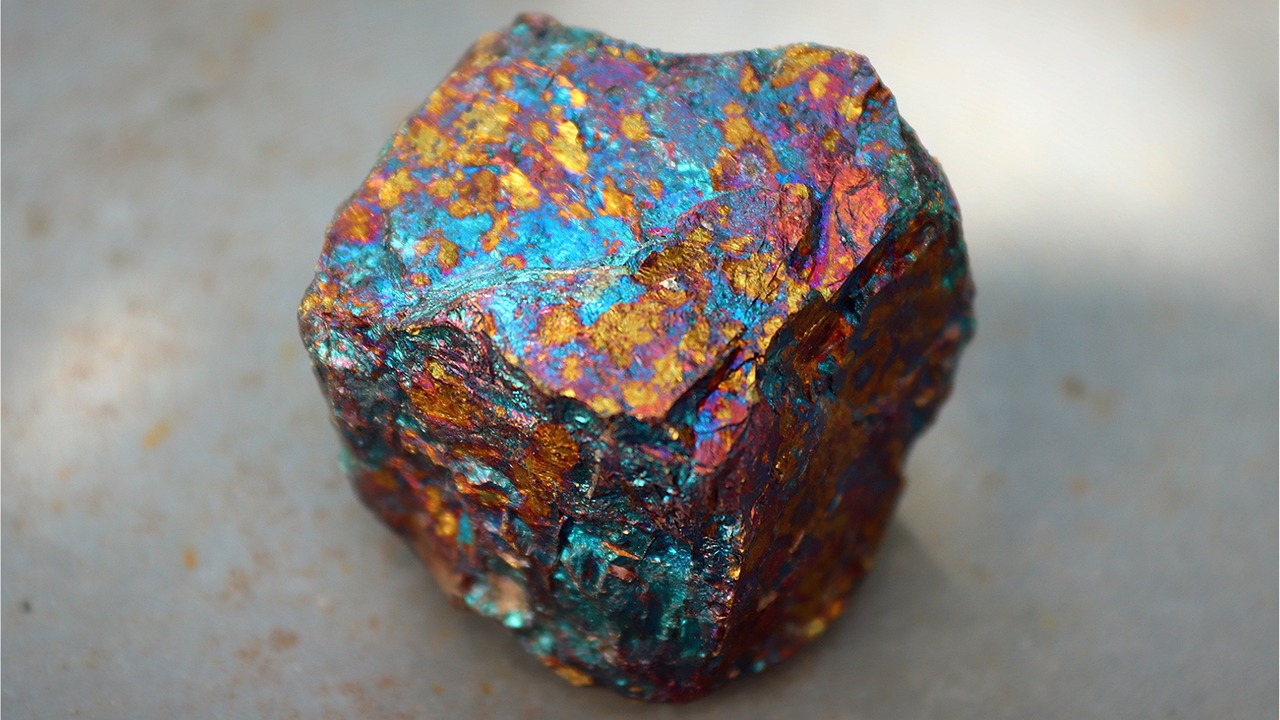Amethyst, a stunning purple crystal, has long captivated people with its enchanting beauty and believed mystical properties. Beyond its aesthetic appeal, amethyst has been cherished for its purported healing properties for centuries. This article explores the multifaceted world of amethyst, delving into its meanings, uses, benefits, and even potential side effects. Drawing on both historical beliefs and modern scientific understanding, we aim to provide a comprehensive overview of this fascinating gem.

Amethyst Meanings and Uses
Amethyst, a member of the quartz family, derives its name from the Greek word “amethustos,” meaning “not drunken.” This etymology reflects one of its most famous historical uses: protecting against intoxication and addiction.
- Protection Against Overindulgence and Addiction
Amethyst has a long-standing reputation for its ability to encourage sobriety. The ancient Greeks believed that amethyst could ward off the effects of excessive alcohol consumption. It was often carved into drinking vessels to prevent drunkenness. Over time, this notion evolved, extending its protective influence to other forms of addiction, such as drugs and negative behaviors.
- Spiritual Connection
Beyond its protective qualities, amethyst is often associated with spirituality and meditation. It is said to enhance one’s connection to the divine, promoting a sense of inner peace and serenity. Many people use amethyst crystals during meditation to deepen their spiritual practice and connect with their higher self.
- Emotional Healing and Stress Reduction
Amethyst is also revered for its calming and stress-reducing properties. It’s believed to soothe emotional turmoil and promote a sense of tranquility. Placing amethyst under your pillow or in your living space can foster peaceful and restful sleep, aiding in emotional healing and balance.
- Enhancing Intuition and Awareness
Amethyst is thought to open the “third eye,” enhancing intuition and insight. It is said to heighten one’s awareness, enabling a better understanding of the self and the world. This attribute has led to its use in various forms of divination and psychic practices.
- Creativity and Focus
Many artists and creatives turn to amethyst to boost their creativity and concentration. The crystal is believed to help clear the mind of distractions and negativity, allowing for a more focused and inspired mindset.
Amethyst Crystal Benefits
The purported benefits of amethyst are not solely based on historical anecdotes and metaphysical beliefs. Modern scientific research and understanding have shed light on some of the potential advantages of this remarkable crystal.
- Calming Effects
Amethyst is often associated with stress reduction and anxiety relief. Its calming influence can be attributed to its ability to balance and harmonize the nervous system. When placed under a pillow or worn as jewelry, amethyst can assist in achieving a state of mental and emotional calmness.
- Improved Sleep
One of the most widely recognized benefits of amethyst is its impact on sleep quality. The crystal’s soothing energy can help those who struggle with insomnia or restless nights. It is thought to facilitate deeper, more restorative sleep by alleviating anxiety and promoting relaxation.
- Enhanced Focus and Clarity
Amethyst is believed to clear mental clutter and boost focus and mental clarity. For students and professionals alike, using amethyst crystals as a tool for concentration can improve productivity and problem-solving abilities.
- Strengthened Intuition and Spiritual Growth
Spiritual practitioners often turn to amethyst to enhance their connection to the spiritual realm. This crystal is thought to open the third eye, allowing for greater intuition and awareness. By using amethyst in meditation or energy work, individuals seek to deepen their spiritual understanding and growth.
- Physical Healing Properties
Beyond emotional and spiritual well-being, amethyst is said to have physical healing properties. It is considered beneficial for issues such as headaches, arthritis, and insomnia. While the scientific evidence behind these claims may be limited, the crystal’s energy is believed to promote general well-being.
- Enhanced Creativity and Artistic Expression
Amethyst’s connection to creativity is well-documented. Many artists, writers, and musicians believe that this crystal can stimulate creative thinking and inspire original works of art.
Side Effects of Wearing Amethyst Stone
Amethyst is generally regarded as a safe and non-toxic crystal that can be worn or used without significant side effects. However, it’s essential to consider a few precautions to ensure a positive experience with amethyst.
- Allergic Reactions
While allergic reactions to amethyst are rare, they are not impossible. Some people may be sensitive to the metals or materials used in jewelry settings, which could lead to skin irritation or allergies. It’s advisable to purchase amethyst jewelry from reputable sources and avoid items with cheap or potentially irritating materials.
- Overstimulation
For some individuals, amethyst’s calming energy may have an overly sedative effect. Wearing amethyst jewelry 24/7, especially during activities that require alertness and focus, may lead to a sense of lethargy or drowsiness. It is recommended to use amethyst at appropriate times, such as during meditation or relaxation, and remove it when a state of heightened awareness is required.
- Psychological Dependence
While amethyst is used to support recovery from addiction, it is essential to remember that it is not a magic solution. Over-reliance on amethyst or any other crystal for healing purposes can lead to psychological dependence, which can be counterproductive. It’s crucial to seek professional help and use amethyst as a complementary tool in the journey towards sobriety.
- Ineffective Replacement for Medical Treatment
Amethyst should never be used as a substitute for medical treatment. While it can complement holistic healing practices and enhance overall well-being, it should not replace medical advice, diagnosis, or treatment for physical or mental health conditions.
Conclusion
Amethyst, with its rich history and multifaceted uses, continues to captivate those seeking physical, emotional, and spiritual well-being. From its legendary role in protecting against intoxication to its modern-day applications in promoting stress reduction and improved sleep, amethyst remains a cherished gemstone.
While amethyst’s benefits are widely celebrated, it is essential to approach its use with mindfulness and a healthy dose of skepticism. Scientific understanding of the crystal’s properties is still evolving, and individual responses to amethyst can vary. However, whether viewed through a historical, metaphysical, or scientific lens, amethyst undeniably offers a unique and captivating world of healing possibilities for those who embrace it as a complementary tool in their journey to well-being.





